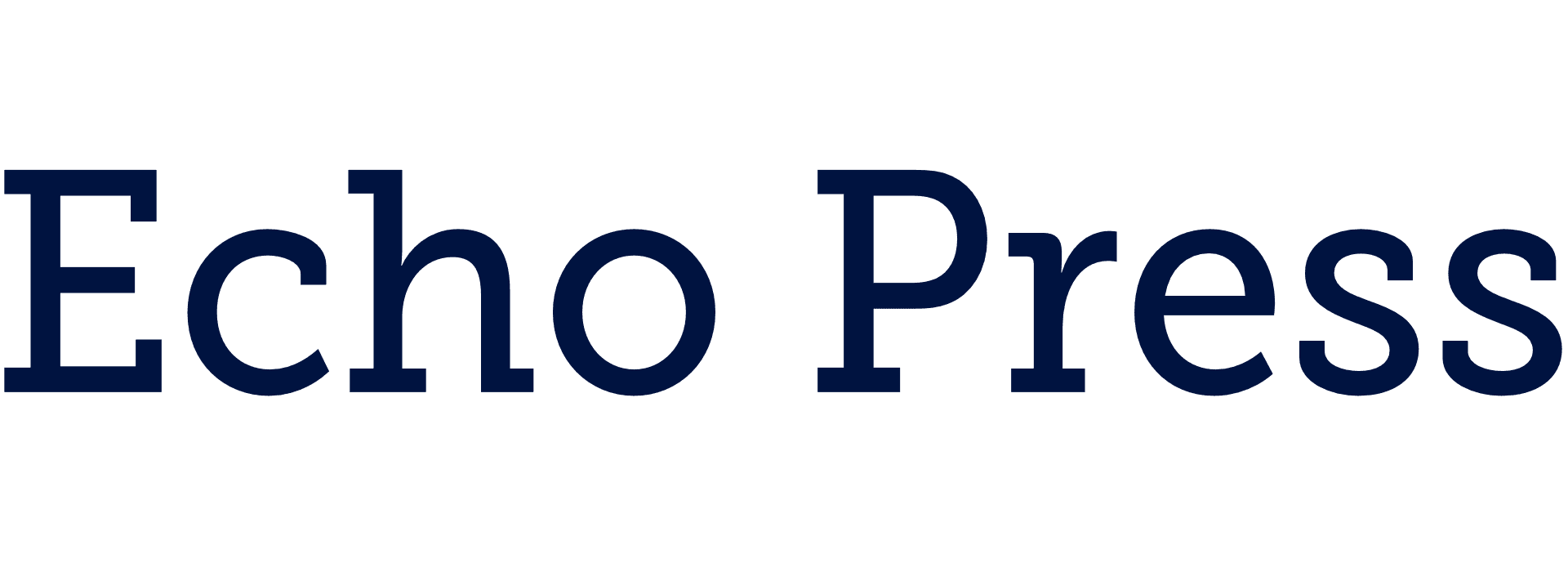Google has already released one of the most sophisticated AI image editing tools to date-unofficially known as Nano Banana-a potent addition to its Gemini platform that is raising eyebrows both in its technical capability and its disturbing potential.
The update, which is officially called Gemini 2.5 Flash Image, was released in late August 2025 and provides unprecedented accuracy in AI-based photo editing. Nano Banana is remarkably consistent in its subjects-particularly people and pets-unlike older models that tend to distort faces or change important features during edits, which is why Nano Banana has been rated as the highest-ranked image editing AI on the LMArena image editing leaderboard, a reputable source of information on AI performance.
The breakthrough is instruction fidelity and visual coherence. Now users can make natural language requests, such as changing the color of a shirt, changing the background, or putting themselves in a fantasy scene, and the AI will execute them without distorting facial features or losing contextual information. To illustrate, a photo of a dog is merged with an individual into a new setting and the similarity of the two subjects is retained with spooky precision.
We are pushing the visual quality forward and the capability of the model to follow instructions, said Nicole Brichtova, product lead of visual generation models at Google DeepMind. This update is far more successful at making edits more seamless, and the outputs of the model can be used wherever you wish.
The tool also allows multi-turn editing, i.e., one can refine images by successively prompting them. Take a picture of a blank room, and then tell Gemini to furnish it, or to change the lighting, or to make it look like a beachfront view-all without altering the underlying structure. It is a degree of continuity that competitors such as ChatGPT and Grok continue to fail to reach.

Google created the model to be everyday creative: envisioning home remodeling, creating custom avatars, or dreaming about a journey. It can even combine several references-say, a furniture picture, a paint swatch, and a room picture-into one, photorealistic composite.
Nano Banana has raised concerns over its deepfake abilities despite its potential to be creative. The technology that allows you to preview wallpaper safely can also be applied to place real people-living or dead- into fake situations. Users of social media have already shown that it can be used to create historically inaccurate or even harmful content, including putting dead celebrities in imaginary modern contexts.
🔥 image editing is solved!
— Lars_Pragmata (@Lars_pragmata) August 13, 2025
The new Gemini 3 image AKA nano banana is the best ai image editor 🫡
Google cooked again!
You can try it now on LMarena pic.twitter.com/MSyciEubMG
And the kicker is that, although Google adds a visible watermark and an invisible SynthID digital signature to all AI-generated images, they are relatively simple to circumvent. The watermark is removable; the SynthID detector is still in limited beta, and has not been rolled out to the masses.
We would like to provide the user with creative control, but it is not as though anything goes, Brichtova stressed. Google AI policies also forbid non-consent intimate imagery, which is a sharp contrast to xAI Grok, which once permitted explicit celebrity deepfakes.
Nevertheless, analysts caution that the confidence of the masses in online media is quickly dwindling. In a recent Microsoft test, individuals were only able to identify AI-generated images with 62 percent accuracy. The risk of misinformation increases with such tools as Nano Banana that make the boundary even more blurred.
Ironically, despite all its sophistication, the Gemini app is not yet able to crop to certain aspect ratios. When requested to turn a square picture into a 16:9 picture, the AI allegedly replies: “Not able to make such accurate edits as cropping.
It is a shocking deficiency in an otherwise state-of-the-art system-one that highlights the lopsided development of generative AI. Although it can recreate a person skydiving over Machu Picchu in perfect detail, it cannot resize a frame.
The upgrade is currently available in the Gemini app and to developers through Google AI Studio and Vertex AI. The idea is obvious: to keep pace with OpenAI, whose ChatGPT has more than 700 million weekly users, as opposed to 450 million monthly users of Gemini.
Nano Banana is perhaps the most interesting step that Google has taken so far in the AI arms race. However, as the boundary between real and synthetic is blurred, the question is not only can we-it should we?

